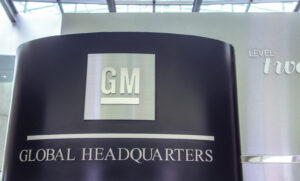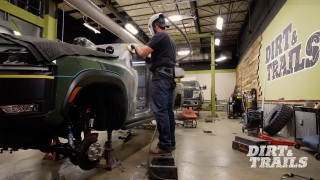Different Ways To Join Metals Without Mechanical Fasteners
There are several situations where you may have to join metal together and not be able to use mechanical fasteners like nuts or bolts. There are other ways to do that though, and LT will run through the options, which typically involve melting one of the metals and sticking it to the other. The biggest difference is the temperature at which the metal melts.
The first option is sautering which is most commonly referred to with wiring. You basically use a little bit of filler and gluing two pieces of copper wire together. Most Sauter melts at around 400º F compared to the melting point of copper, which is around 2,000º F. With such a low melting point, all you need is an electric sautering iron to melt the Sauter and flow it into the copper joint.
Brazing is a similar process, but differs at the temperature at which the brazing rod melts; it’s closer to 1,500º F. So instead of using an electric sautering iron a gas torch is used. You heat up the base metal but not completely melt it. Then you can slowly introduce the brazing rod. Once the filler wire is melted it will stick to the base metal, sort of like a hot glue gun.
Of course with modern welding equipment, you may not ever have had to or need to braze materials. It is helpful if you’re joining two types of dissimilar metals together or are working with cast iron. The biggest difference between welding and brazing is that when you’re brazing you’re actually just melting one metal on top of another whereas with welding you’re actually fusing the surfaces of two different metals together and making one solid piece.
The oldest welding process is known as stick welding. It uses a shielded filler rod as an electrode and electric current is used to heat up the base metal and melt in the filler, fusing the two pieces together. Once it’s cooled off, you can chip away the slag caused by the shielding exposing the weld.
The most widely used welding process is MIG welding. A spool of filler wire is stored inside the machine and fed out through a hose to the end of the torch. When you pull the trigger, filler wire is fed out along with the shielding gas to protect the molting puddle.
Then you have TIG welding where a sharpened tungsten acts as the electrode and is shielded with argon. Once an arc is struck, filler material is fed in by hand.
Those are the five most common and easiest ways to join metal. For more tech stay tuned to PowerNation Garage.









